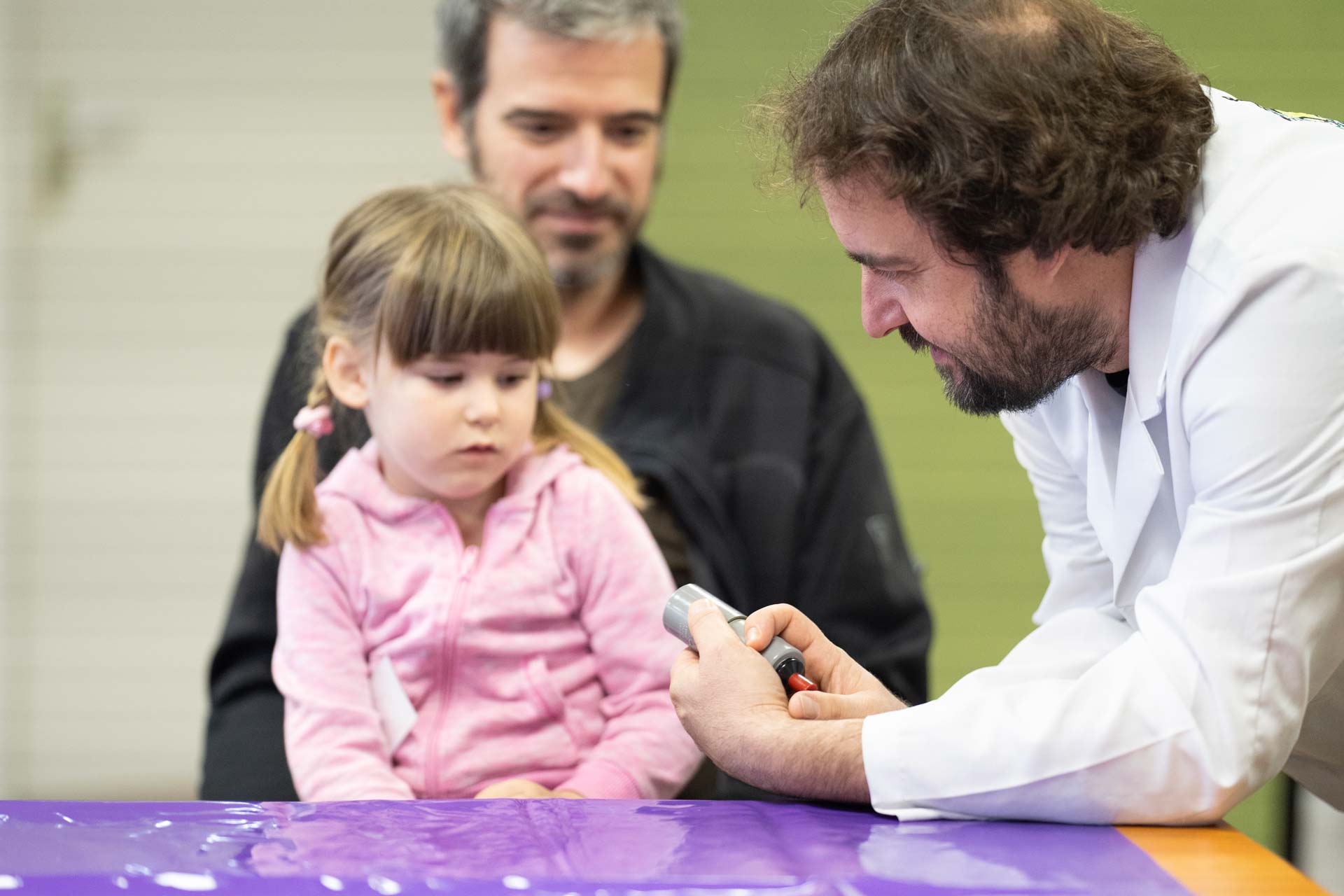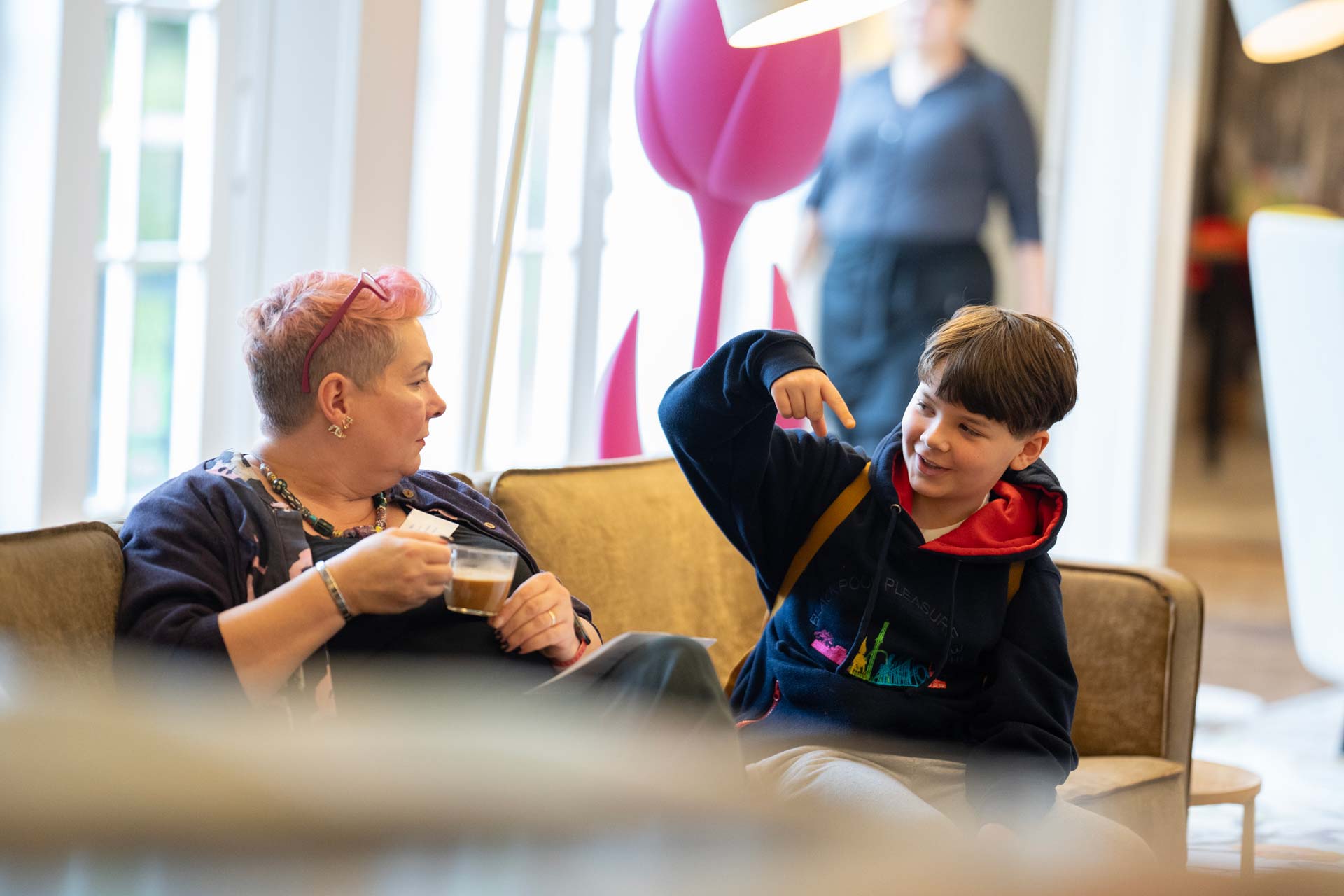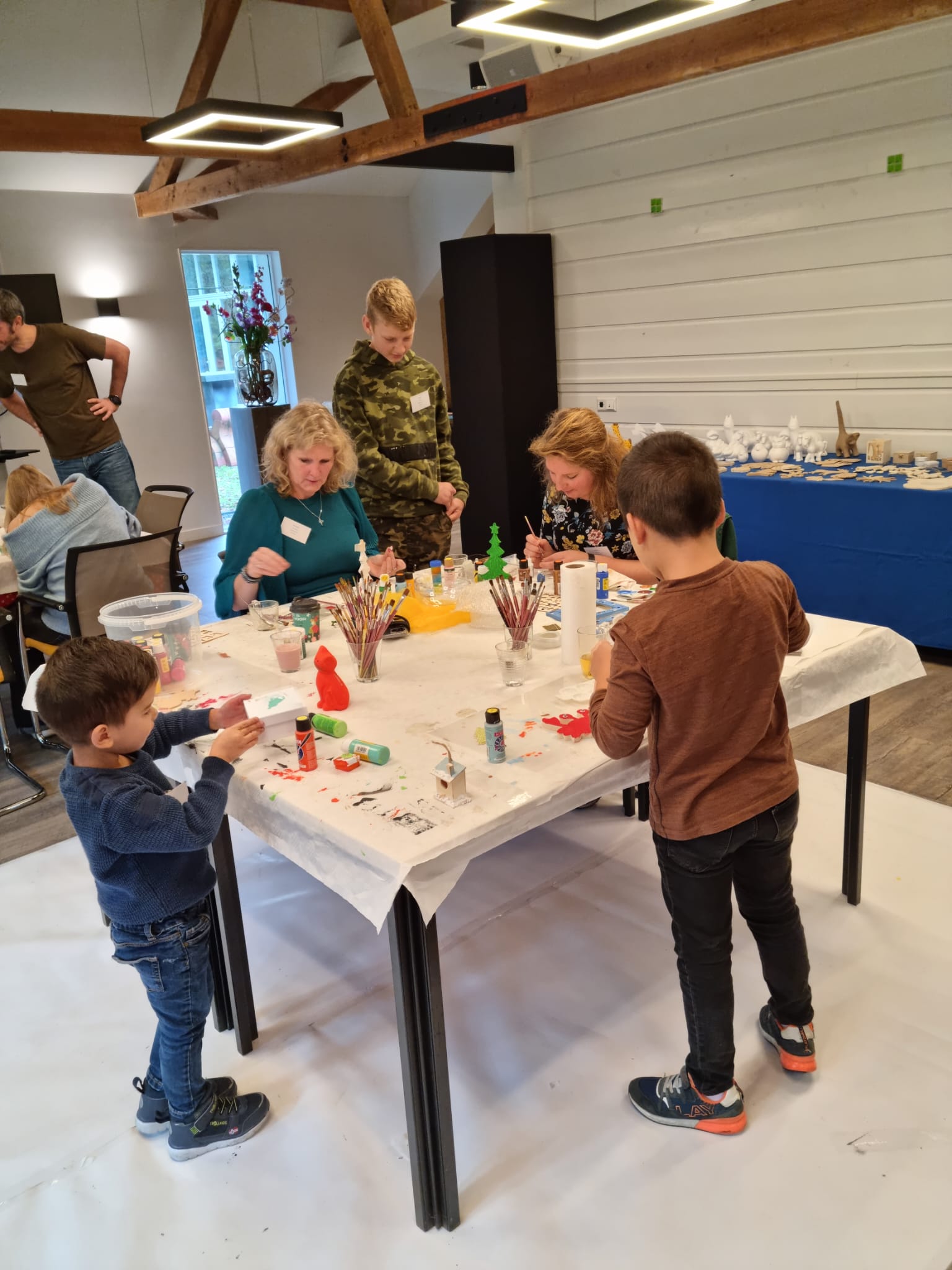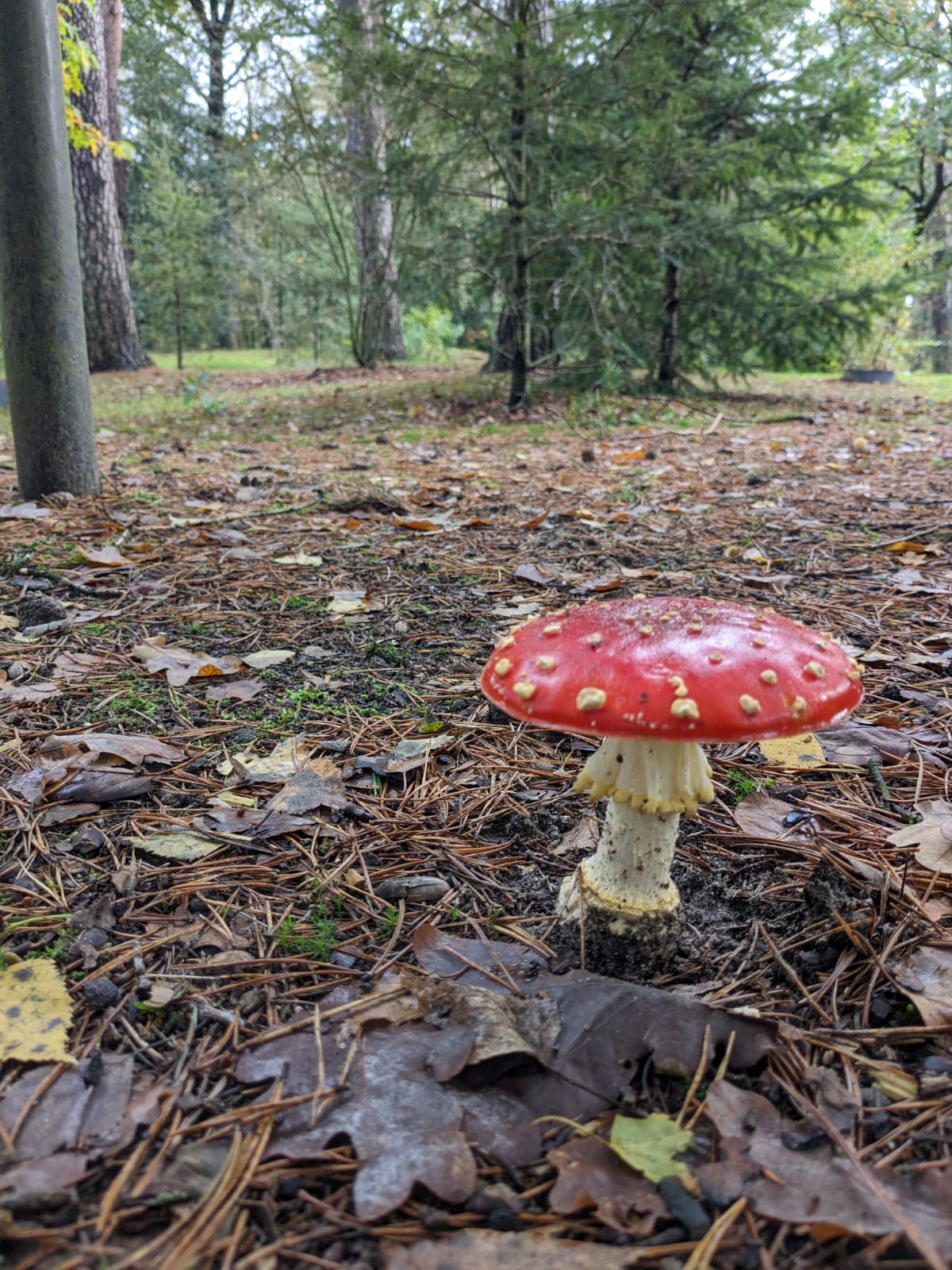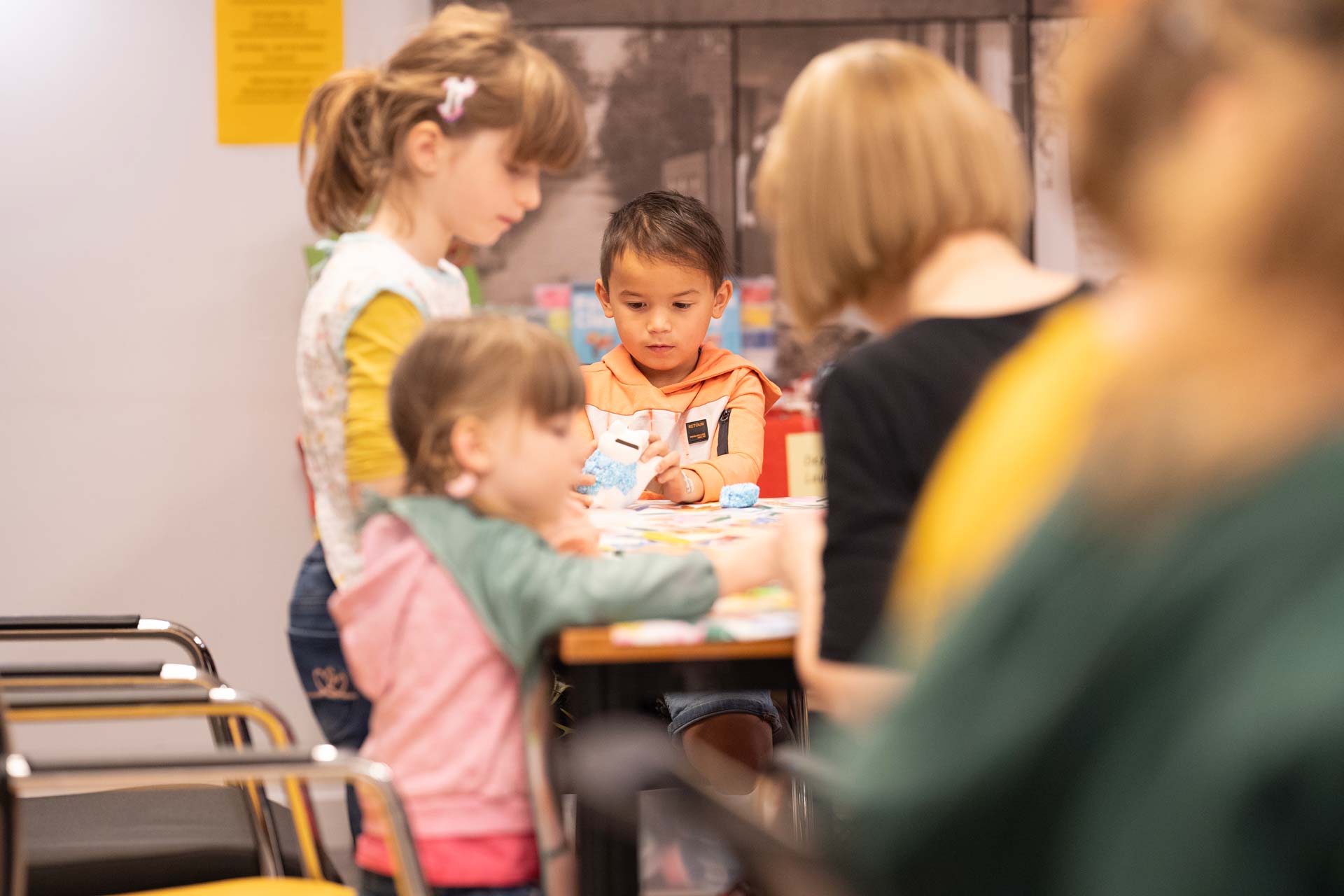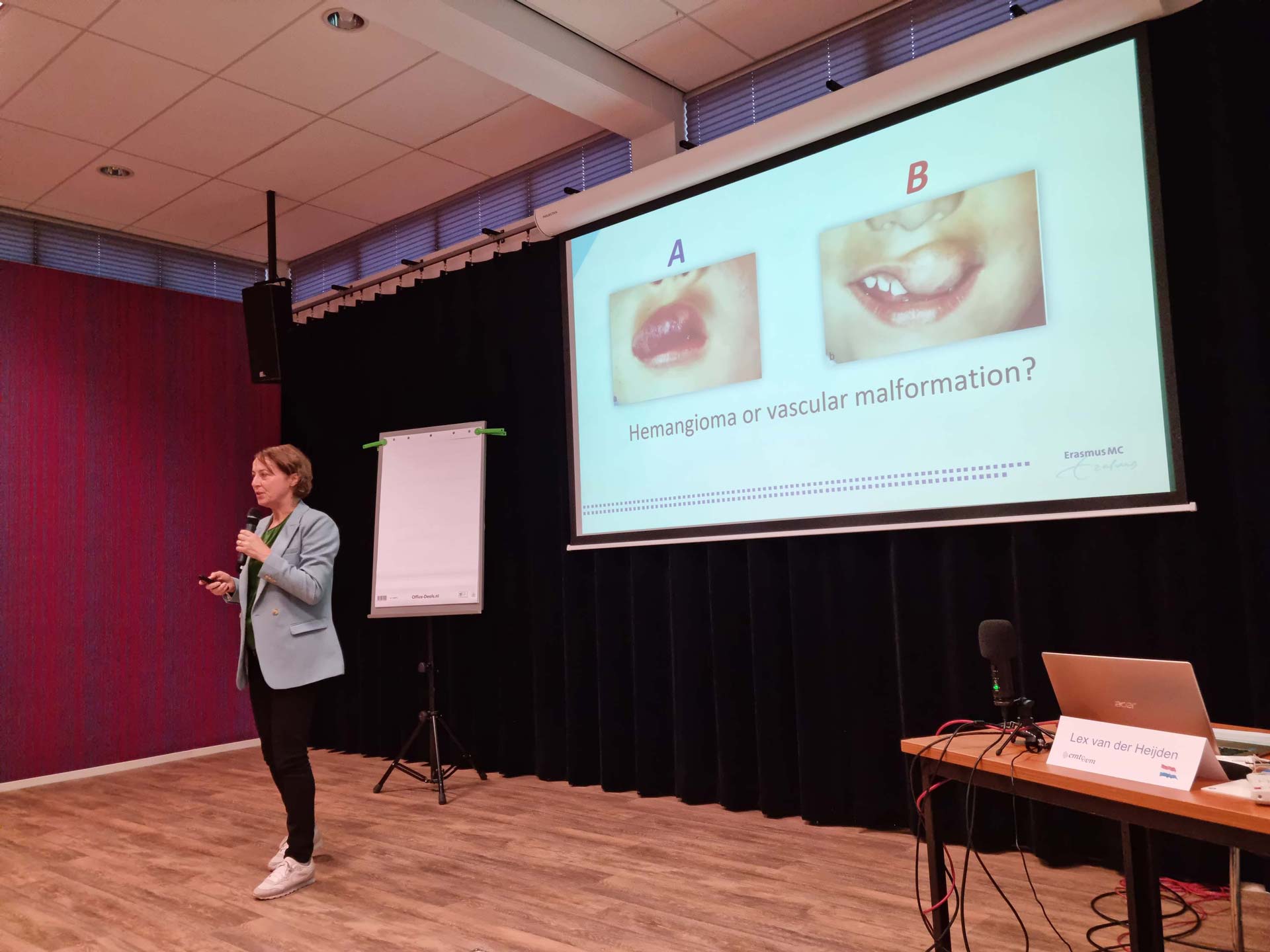Around 65 people attended our Annual General Meeting (AGM) including a limited number participated ‘online’. Participants were from Belgium, Canada, Germany, England, Japan/Singapore, the Netherlands, Slovakia, USA and South Africa.
Membership meeting and other items discussed
As chairman of the CMTC-OVM organization, Lex opened the AGM. The minutes of the previous members AGM are approved. The financial data and the positive findings of the Audit Committee were then presented, after which those present approved the financial statements made by the board treasurer for the 2022 financial year.
The minimum membership contribution for the year 2024 is the same as in 2023 and is 35 euros.
The budget for the year 2024 was presented, but it should be noted that we have submitted a subsidy application for this to the Ministry of Health, Welfare and Sport (VWS). The subsidy scheme has changed for 2024. For the institutional subsidy, this now amounts to 75,000 Euro! We have been awarded this subsidy and this allows us to organize additional activities for 2024. Keep an eye on our website, social media channels and our newsletter for more information.
The following points were discussed:
- The Complaints Committee has not received any complaints.
- Overview of the main activities carried out in 2022. Quite an impressive list.
- Planned activities for 2024. Thanks to the extra subsidy, we will be planning even more activities.
- Budget for 2024.
- The planned, in progress and completed projects. Our global Patient Advocates project is important to us: for the second time, Patient Advocates from all over the world are coming to the Netherlands at our expense for training and to attend our global conference.
- The personal stories we publish are widely read. It would be great if more people would like to share their personal stories.
This content is restricted!
Lecture by Dr. Bibi van Montfrans (NL)

Vascular abnormalities are divided into vascular malformations and tumors. The organization ISSVA (International Society for the Study of Vascular Anomalies) has drawn up a worldwide classification ( www.issva.org/classification ) for this. This website also keeps track of the genes that are related to the malformation.
Bibi outlines a number of problems that can arise, such as an initial incorrect diagnosis in 69% of cases, insufficient knowledge of the doctor about these conditions, medical complications (such as organ, infections, bleeding, physical abnormalities) and psychosocial aspects.
With vascular abnormalities, around 90% of cases involve a benign hemangioma (4-10% of children have a hemangioma with a ratio of 1 in 3 girls/boys).
During the noting of medical history, or to make the diagnosis, the following questions may be asked:
- Was the abnormality present at birth?
- Does the deviation change in size (smaller/larger)?
- Is the deviation painful, if so are there any triggering moments?
- Have the abnormalities changed during illness, puberty, pregnancy?
The following points are assessed during the physical examination:
- Location(s).
- Description of the abnormality (what is seen).
- When pressure is applied to the area, are there changes in color?
- Pulsations present?
- Swelling when not elevated?
- Effect of gravity.
- Wounds, blisters or spontaneous bleeding.
- Vein bulges.
- Over and undergrowth of tissue.
The abnormalities can be examined with ‘duplex ultrasound’. The following points are assessed:
- Low blood flow (venous malformation).
- High blood flow velocity (arteriovenous malformation).
- No flow (eg in lymphatic malformation).
- Both low and high blood flow (hemangioma).
In addition, the size of the abnormality can be examined with a scan (e.g. CT or MRI with contrast). In rare cases, an angiography is performed, where the blood vessels (arteries) are made visible using X-rays and contrast fluid. Finally, phlebography can be used to visualize blood flow in the veins using X-rays and contrast fluid.
When to proceed with treatment:
- In case of complaints and wants to be treated. An assessment is made as to whether the burden and possible complications of the treatment outweigh the possible treatments and therefore health benefits for the patient.
- Bleeding or leakage of fluid.
- Chronic pain.
- Blood clots (thromboses).
- Deformation.
- Infection.
- Wounds.
- Effect on the bones.
- Effect on the heart.
As far as treatment is concerned, the deployment of a multidisciplinary team is crucial. The team in Rotterdam has various care pathways available for treatments of the various abnormalities (capillary, venous, lymphatic and arteriovenous).
There is also a lot going on in terms of publications in the field of vascular malformations. People who are often mentioned as authors are, for example, Miikka Vikkula and Laurence Boon (both advisors to our organization).
At this time, the drug sirolimus is often used. Another drug that is permitted in the USA (November 2023) is Alpelisib. However, this drug has not been approved by the European Medicine Agency.
Video lecture Dr. Bibi van Montfrans (members only)
This content is restricted!Lecture by Tessa Schiethart (NL)

Video lecture Tessa Schiethart (members only)
This content is restricted!Workshop by Edith Raap & Minke Verdonk – Living loss (NL)

“Living loss” is a Dutch term that refers to the ongoing emotional pain and grief experienced by individuals who have a loved one with a chronic or serious medical condition, disability or mental health problem. This concept emphasizes that the loss experienced by the family members or caregivers is not limited to the death of the person, but continues throughout that person’s life due to the challenges and changes caused by their condition.
Living with someone who has a long-term or disabling condition can be both emotionally and physically exhausting. The sense of loss can arise from the changed expectations for the future, the loss of the person they once knew before the illness or disability, and the constant adjustments that must be made to meet the person’s needs. Caregivers may experience grief, frustration, sadness and a range of other emotions as they try to navigate the complexities of providing care and support.
Video workshop Edith Raap & Minke Verdonk (members only)
This content is restricted!Entertainment
In addition to the usual creative workshop, we had a new activity this year. We invited ‘ Mad Science ‘. Mad Science conducts all kinds of physics and chemistry experiments. The children were very enthusiastic and had a lot of fun (including the parents who were present)!
Once again, this year, the creative workshop was not only well attended by the children, but also by the parents. Several children went home with bags full of creativity.
Massage
The chair massage was a success again this year! A total of 17 people, both adults and children, took advantage of this free chair massage. This is also the maximum that a masseur can handle in one day. We may have to arrange an extra masseur next year to meet the high demand.
Interviews
On our website we not only have personal stories in text, but also a ‘blog’ with the aim of sharing personal experiences. Nowadays, making video interviews is a good way to share personal experiences in multiple languages.
Since we organized a Patient Advocate training again this year prior to our membership conference, we now had an ideal opportunity to record many video interviews.
We recorded interviews with people with a vascular disease, both adults and children, parents of a child with a vascular disease and healthcare professionals. These interviews were recorded in the ‘native’ language of the interviewee and will be published on our website with subtitles in multiple languages.
Minutes of meeting (members only)
This content is restricted!





